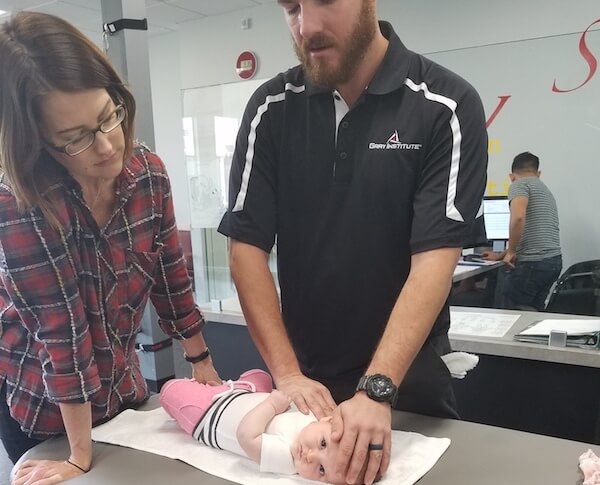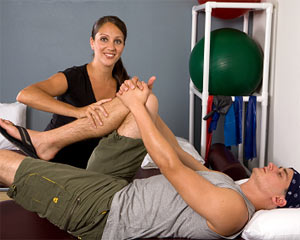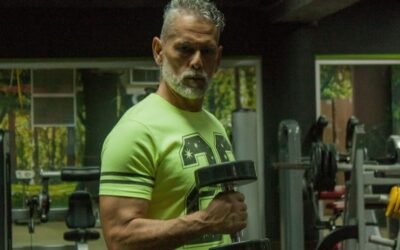Written by Dr. Kelsey Diaz, PT, DPT, CAFS
Common scenarios that prompt many to seek physical therapy treatment include back pain, ankle sprains, or surgical recovery. At RISE Physical Therapy, we see all of these, but there are many things physical therapists can do that you might not have expected. Here are three of them:
1. Jaw Pain
Temporomandibular joint disorder (TMJD) is a painful condition of the jaw than can involve the muscles used in chewing, the jaw joint and often times the disc that slides along the joint as you open and close your mouth. Issues with the disc often cause jaw clicking. Your dentist or orthodontist should evaluate your TMJ as your teeth, mouth and jaw are their expertise, but as PTs we can help too.
The cervical spine has a huge impact on the mechanics of your jaw. Professions that require prolonged periods of sitting can lead to a rounded shoulder and forward head posture that can change the way your TMJ operates.
As PTs, we can evaluate and treat postural deviations that impact the TMJ. We can also perform manual techniques on the neck, the muscles around the TMJ and even the TMJ itself.
2. Babies
Our Point Loma clinic is located inside Point Loma Pediatrics and they refer many patients to us. Often, our adult patients are surprised that babies need PT. The majority of infants we treat at RISE are very healthy. Often, we assess their motor milestones (like sitting, rolling and crawling) to make sure they are developing normally.
One of the most common pediatric diagnoses we see is called congenital muscular torticollis (Latin for twisted neck). It occurs when a muscle with a very long name, the sternocleidomastoid (SCM) is tight, causing the baby’s neck to bend one way and rotate the other. Constant rotation to one side can make one side of baby’s head flat called plagiocephaly (Greek/Latin for flat head).

In the early ‘90s, the “Back to Sleep” Campaign reduced the amount of SIDS deaths by 40% but torticollis and subsequent plagiocephaly incidence increased.
Research suggests for infants the best way to correct torticollis and the associated plagiocephaly is with positional changes. As physical therapists, we educate parents on tricks for feeding, sleeping and play that stretch the SCM functionally.
3. Down Under
“Core” is a hot button term in both fitness and physical therapy. Often thought of as another word for the abdominal muscles, the core should really be compared to a soda can with a top (the diaphragm) and a bottom (the pelvic floor). If you want a strong core, you need a strong pelvic floor!
Pelvic therapy is a special niche of treatment that can help with bowel and bladder problems, difficulties with sexual intercourse and post-partum issues. Sometimes it’s called “women’s health” but pelvic PTs treat patients of all ages and genders.

Pelvic health is not necessarily found at all outpatient physical therapy clinics. Look for someone who specializes here.
As outpatient physical therapists, we specialize in the musculoskeletal system (bones, joints and even nerves), but our expertise doesn’t necessarily end there.
Image Sources:
- recoverypt.com
- cherrycreekwellnesscenter.com


